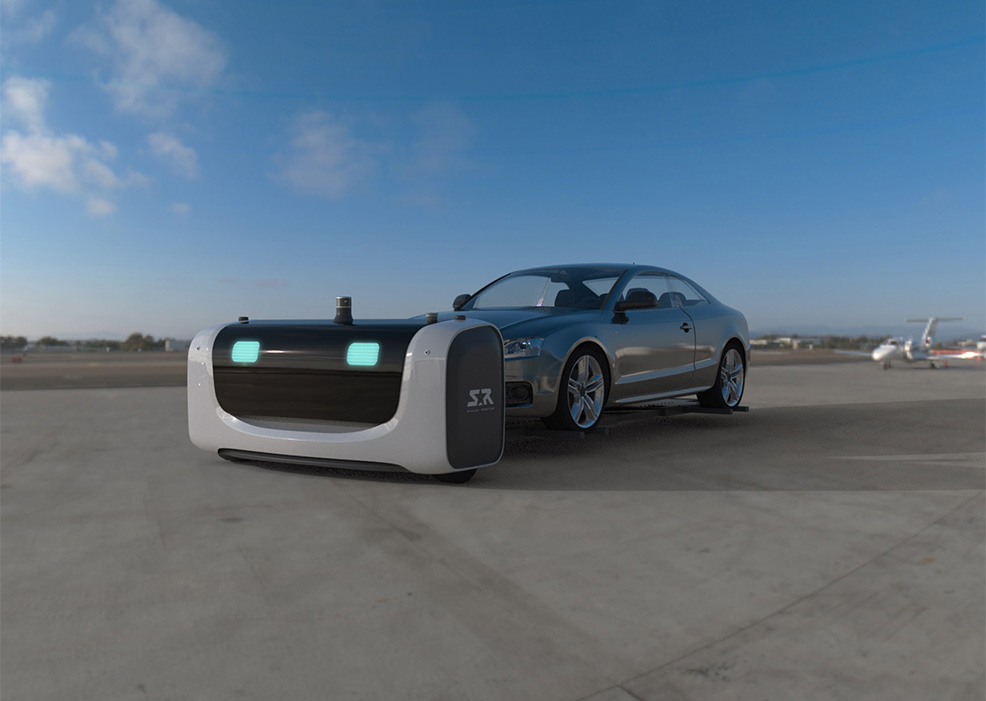
31st January 2019 Car-towing robots planned for UK airport A three-month trial of autonomous robotic valets is set to begin at Gatwick, the UK’s second busiest airport after Heathrow. The robots – developed by French firm Stanley Robotics – will provide an improved customer experience, as well as increased car park capacity by optimising the placement of vehicles. Passengers will drive into the airport car park and leave their car in a "cabin" before departing for their flight. A robot (nicknamed "Stan") will then collect the car by sliding a carrier underneath, lifting its wheels off the ground and transporting it to a nearby parking area. Securely stored, with itinerary logged, the car is ready and waiting when they arrive back at Gatwick.
This new system is fast and convenient, as well as better for the environment. Automated parking will eliminate the need to track down a free space or walk all the way through a car park. Passengers can simply drop off their car in a dedicated area, right at the entrance. On their return journey, the car will be waiting in the same place, ready for them to drive away. An additional benefit is that carbon emissions are reduced: the cars are towed with engines off – and Stan is a zero-emission, electrically-powered transporter. The trial, starting in August, is planned for Zone B of the airport's South Terminal Long Stay car park. It will take 170 slots from the existing 2,350 spaces and replace them with 270 robotic valet spaces, effectively creating an extra 100 parking spaces. If successful, the robots could be introduced to Zones C and D, increasing their joint capacity from 6,000 to 8,500. The extra spaces are possible because machines can park more precisely than humans without colliding or causing damage and the unoccupied car does not require space for a driver to get out, allowing more vehicles to be packed into the same area.
Comments »
If you enjoyed this article, please consider sharing it:
|







